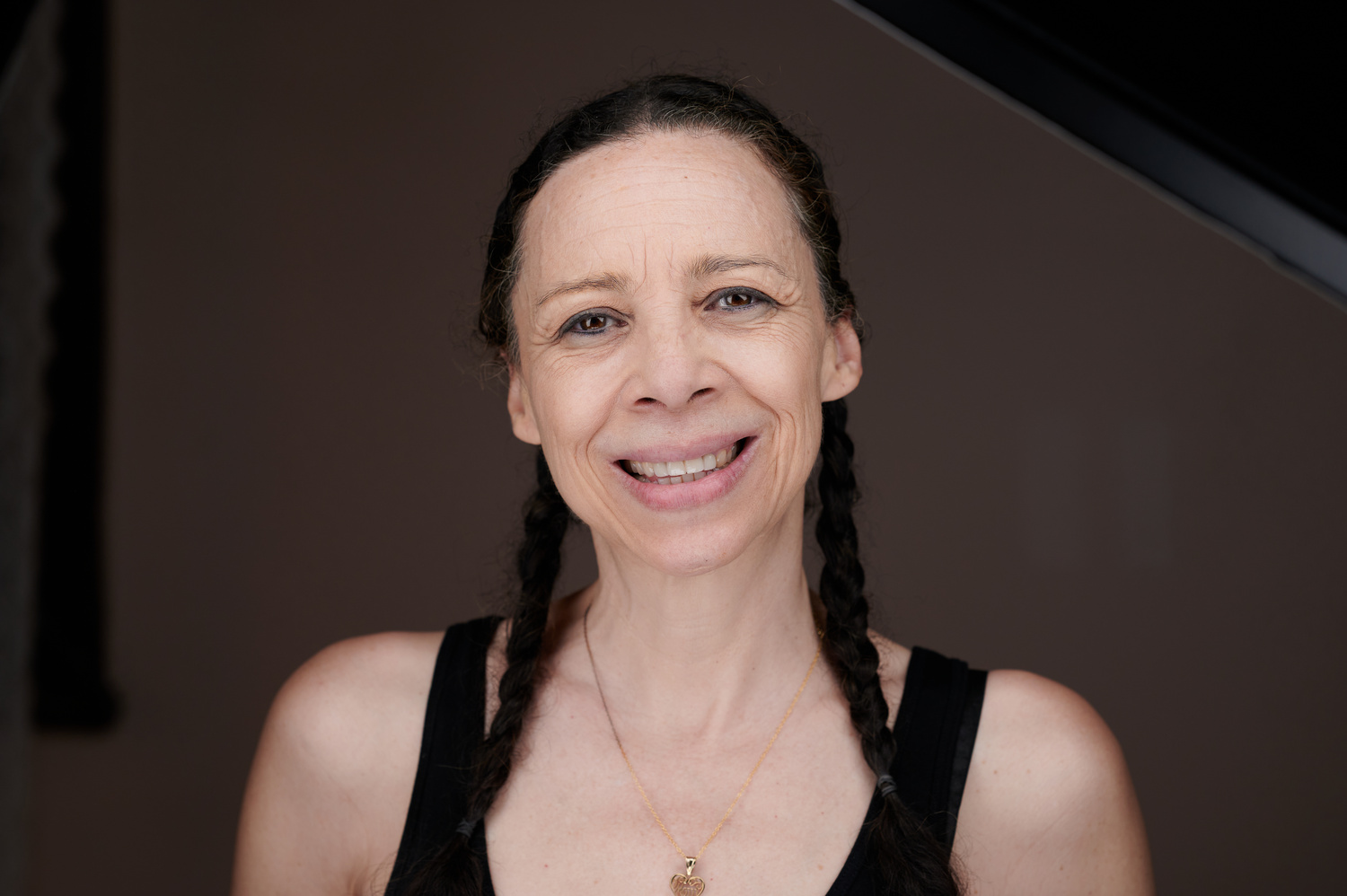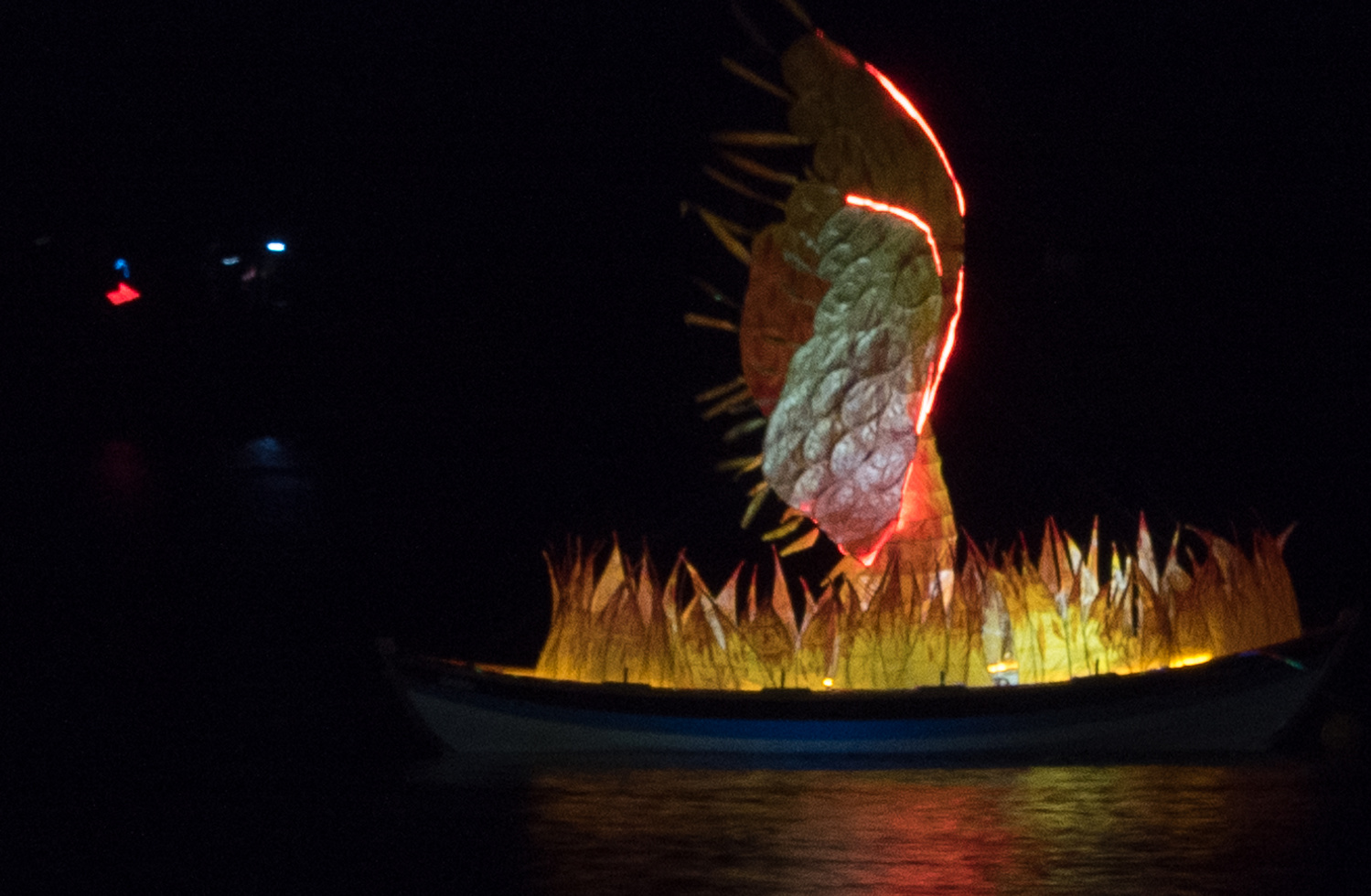[ad_1]
Capture One has a great reputation for image quality but comes with a premium price tag. Does it live up to its reputation, and is that extra cost worth it compared to other programs? I tested it side by side with Adobe Lightroom Classic.
If you read my previous article, you will have seen that I was testing different cameras’ raw files in Lightroom Classic. Using Lightroom as a benchmark, I now compare how the same images appear in other programs, and my first stop is Capture One. I hope you will refer back to that article to compare some of the results.
Capture One Pro is very different in its layout from Lightroom, and that took me a little while to get used to it. From a Digital Asset Management DAM perspective, the range of functions is very similar, but they are presented and operated in very different ways. I like the layout better in Lightroom, but that may be because it is what I am used to. Saying that, the workspaces in Capture One are customizable.
An even more significant difference falls in how the adjustment sliders behave. For example, the contrast slider in Lightroom emphasizes darkening the shadows to increase contrast. Whereas, in Capture One, the overall effect is brightening and darkening the tonal extremes of the image much more evenly, even perhaps with an emphasis on brightening. Other sliders, such as Saturation, have less effect on the more saturated colors and more on the more muted shades.
I ran the same pictures through Capture One as I had with Lightroom for my previous article. I’ve also tested some additional ones but have not included them in the article for copyright reasons. There are significant differences.
These tests are solely image quality results on raw files straight out of the cameras. The raw files can be adjusted. Every program is unique and has its own extra features besides its raw engine algorithms. Consequently, other factors may persuade you to use one program or another. Furthermore, I don’t have the resources to test every camera on the market and certainly not under the same lighting conditions.
Where appropriate, I’ve mentioned that I have developed photos to achieve what I think are better outcomes. Still, these results are subjective, so I have only included them to illustrate a particular point. Furthermore, as I have said before, I am more experienced at adjusting images in Lightroom Classic than in Capture One. So, others will be more skilled. Therefore, they may get better results than I did.
Camera Brand-Specific Test Results
Nikon and Capture One
In my previous article, I said Nikon users would be happy with the resulting image quality if they owned Lightroom. Now that I have tried Capture One, I am amending that statement. A Nikon user will be happy with the image quality of Lightroom Classic but probably happier with Capture One.
With Capture One at default values, the raw previews with Nikon images are bolder and sharper than with Lightroom. In the test image, I can see individual pine needles on the tree much more clearly at a 100% zoom in Capture One.
There is more contrast with the unadjusted image too. This gives the overall effect of the preview image looking darker. Despite the darker shadows, I increased them without producing any noise in the picture. There was also little evidence of noise in Lightroom when the image was viewed at 100% zoom on increasing the shadows.
The other thing that Capture One did better was the handling of global color adjustments. With a landscape shot, I reduced the highlights slider, and the pale blues in the sky became visible. In Lightroom, achieving the same effect required significantly increasing the Vibrance slider. However, that oversaturated the greens of the trees and yellows in the grass, which then needed adjusting back in the HSL panel.
Skin tones in portraits also looked bright and vibrant, and the color seemed accurate too. This wasn’t true of all camera brands.

Canon and Capture One
The overall look of the default image was similarly improved in Capture One over Lightroom Classic. The image was more impactful, and the fine details were sharper when zooming right in.
As I reported in my previous article, Lightroom did not accurately reproduce colors, and this difference is stark when comparing the same photo with Capture One and Lightroom. The blues of the model’s top look purple in Lightroom Classic, whereas they are more accurate in Capture One.
Similarly, at default, the skin tones in Lightroom appear flat in Lightroom, whereas Capture One gave bright and impactful results. Increasing the brightness of the shadows in both programs produced similar noise levels, although this was well controlled in both.
OM System and Capture One
The results from Capture One with raw files from the OM System didn’t surprise me. Several top pros who use the system develop images in Capture One for one good reason: the resulting pictures look far better. I agree.
In Capture One (right in the above shot), the overall exposure is much closer to what one sees through the viewfinder; it’s brighter. I’ve found that Lightroom drops the exposure by at least half a stop.
Unexpectedly, in the shot shown above, I could entirely recover the sun’s blown highlights without them turning grey in Capture One; I needed to reduce the exposure by 1.5 stops for that to happen. In comparison, with Lightroom, despite the overall image already looking darker, it took 2.1 stops of reduction to do the same, and the sun became a muddy grey.
One would expect the reverse to be true at the other end. On the contrary, a hugely underexposed image took 2.46 stops of exposure adjustment to recover shadow details and only two stops in Capture One. This would suggest that the effective dynamic range using Capture One is greater than in Lightroom.
However, there was one area where Lightroom outperformed Capture One. In the under-exposed image shot at night, +2 EV has been added in exposure during processing. Some faint reds and blues are reflected in the water, seen center-left of the above heavily cropped images. Lightroom Classic (left) could recover these colors, but Capture One (right) couldn’t see them. Even on adjustment, only the tones appeared, and they were colorless. However, the rest of the image looked far better when processed by Capture One: most colors were more saturated, and there was no proliferation of digital artifacts visible in the Lightroom version.
As I reported in the previous article, Lightroom’s big failure is that it produces some nasty digital artifacts with OM System files at default settings. At default, all images are hugely over-sharpened, and even reducing the sharpening to zero leaves some graininess. These issues are not the case with Capture One, which gives clean images with little visible noise even when increasing the luminance of the shadows.
Sony and Capture One
The one brand that would make me less likely to swap from Lightroom to Capture One is Sony, but only for one specific reason.
The exposure differences experienced with Lightroom images with the OM System camera were evident with Sony raw files. However, although the Lightroom images appeared darker, the browns in Capture One appeared both darker and a lot more yellow. Consequently, in Capture One, a man’s brown face appeared jaundiced at default values. This was not evident with caucasian models. If you photograph people of color, the combination of Sony and Capture One does not seem a good choice. I struggled to get the skin color correct.
Below is the straight-out-of-camera result. Lightroom is on the left and Capture One on the right.
`
I am sure some readers do photograph people of color using a Sony camera and develop in Capture One. If that is you, I would be fascinated to hear your experiences in the comments; I fully accept that it may be my lack of experience with the program was the cause.
The strange thing was that when I compared the same image of a caucasian climber in the two programs, the subject appeared more yellow in Lightroom. Again, Capture One is on the right in the following image comparison.
Capture One produces brighter previews for Sony raw files than Lightroom Classic. Furthermore, Adobe’s program also produces some nasty-looking artifacts with images shot at ISO 400 that were not there in Capture One. Also, recovering shadows in Capture One led to less noise.
Fujifilm and Capture One
You may remember from my Lightroom tests that it performed poorly with Fujifilm images, lacking detail in greens. Again, the results could have been better here, although they are far improved over Lightroom Classic’s offering.
Noise control is great in Capture One. Like with all the modern cameras I tested, noise is far less of an issue nowadays.
Although chromatic aberrations were very pronounced in the default settings – the Fujifilm lens was the only one I tested that showed it significantly – those were removed by checking the appropriate box in the lens correction panel. Also, its removal didn’t leave a thin halo, as can happen with Adobe’s programs. I don’t know why that isn’t checked by default.
All colors were bolder and more saturated in Capture One than in Lightroom and grays were slightly warmer, giving landscapes a richer look. This warming seemed less than in the Sony images. In comparison, the default Lightroom version appeared pasty and needed more punch.
What I Like and What Can Be Improved in Capture One
Compared to Lightroom, in most circumstances, Capture One’s image results compared favorably to Lightroom’s. Where it fell behind using the default values. It could be adjusted to match or surpass Lightroom. I could also adjust Lightroom to equal the Capture One default image, but in almost every circumstance except with the Sony portraits, I could achieve far better results with Capture One.
Across all brands, the images looked more vibrant, had better contrast, and had better detail. Moreover, noise reduction did not leave the photos looking muddy as Lightroom’s tool does.
I prefer Lightroom’s layout. I find it more intuitive, but that may be because of its familiarity; I’ve used it for many years, and Capture One is new to me.
The elephant in the room, though, is the cost. The lowest subscription price is $179/year, around $60/year more than the Adobe Photographer Plan, and you get a lot more tools from Adobe; it includes Photoshop and its mobile cloud service. However, if image quality is of primary importance to you, you do most of your work in raw development, and you have a flexible budget, then Capture One is a good choice.
That doesn’t make Lightroom Classic a lousy program for developing images. If it were, it would not be as successful as it is. However, as these real-world tests show, there are other choices, and Capture One produces excellent results. But is it the best?
Next time, I’ll review DxO PhotoLab 6 and see how it compares with Lightroom Classic. Will it do an even better job than Capture One?
I want to once again thank my fellow writers for generously sharing their images for me to play with: Used with the kind permission of Peter Morgan, Canon; Gary McIntyre, Fujifilm X-T5 and Nikon Z 7II; Andy Day, Sony a7 III, and John Ricard, Sony A7 and Nikon Z6.
[ad_2]
Original Source Link







